what are you looking for?
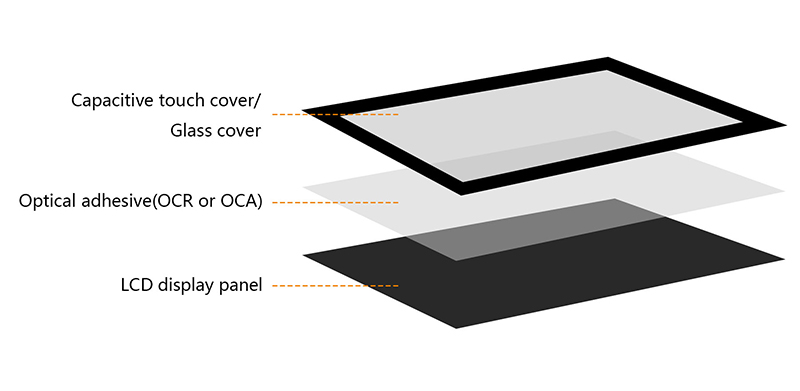 Optical Bonding: A Key Technology for Enhancing LCD Display Performance
Optical Bonding: A Key Technology for Enhancing LCD Display Performance
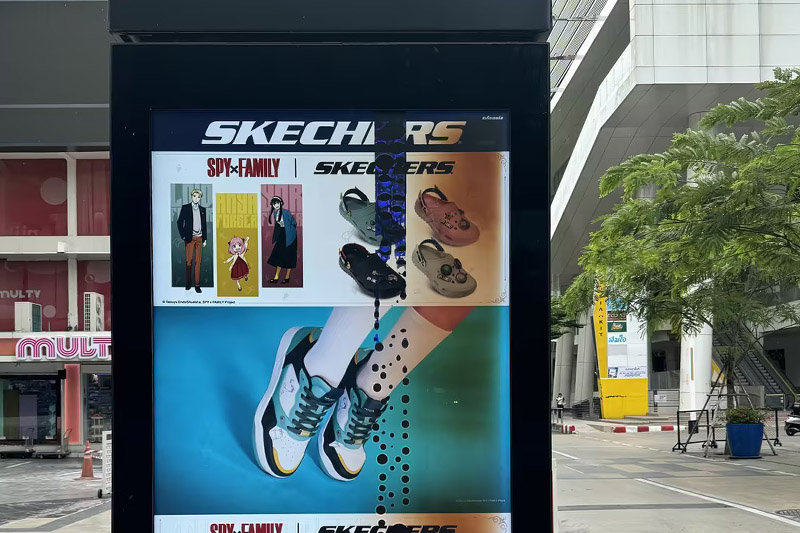 How to Prevent LCD Screens from Blacking Out Due to Sun Exposure in Outdoor Digital Signage
How to Prevent LCD Screens from Blacking Out Due to Sun Exposure in Outdoor Digital Signage
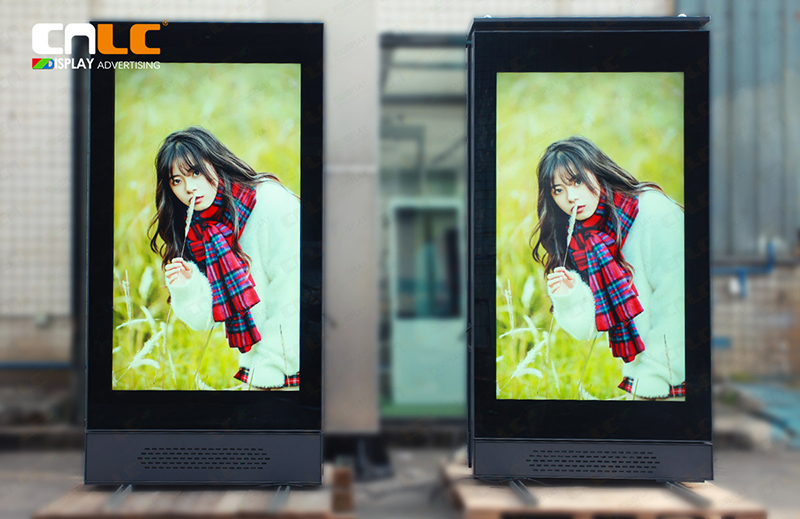 How to Choose the Right LCD Display: A Comprehensive Buying Guide
How to Choose the Right LCD Display: A Comprehensive Buying Guide
 How Digital Signage Advertising Displays Can Become a Marketing Powerhouse for the Paris 2024 Olympics
How Digital Signage Advertising Displays Can Become a Marketing Powerhouse for the Paris 2024 Olympics
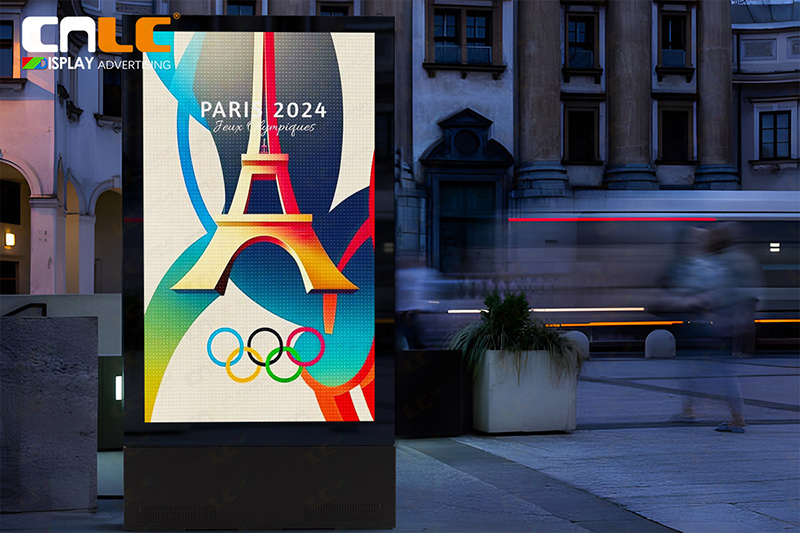 Digital Signage in Major Sporting Events: Focus on the innovative practices of the Olympic Games
Digital Signage in Major Sporting Events: Focus on the innovative practices of the Olympic Games
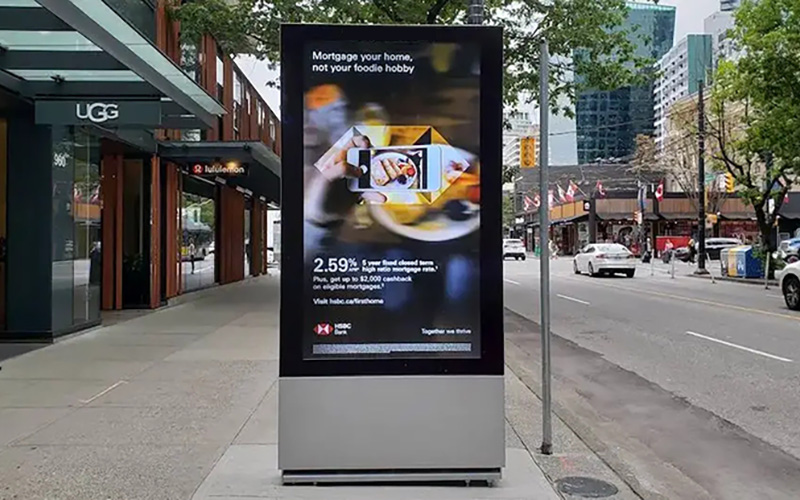 Advantages of Outdoor LCD Digital Signage
Advantages of Outdoor LCD Digital Signage

 Tel : +86 18688410533
Tel : +86 18688410533 Email : info@cnlcdisplay.com
Email : info@cnlcdisplay.com STAY CONNECTED Get our news, offers, and more...
STAY CONNECTED Get our news, offers, and more...









